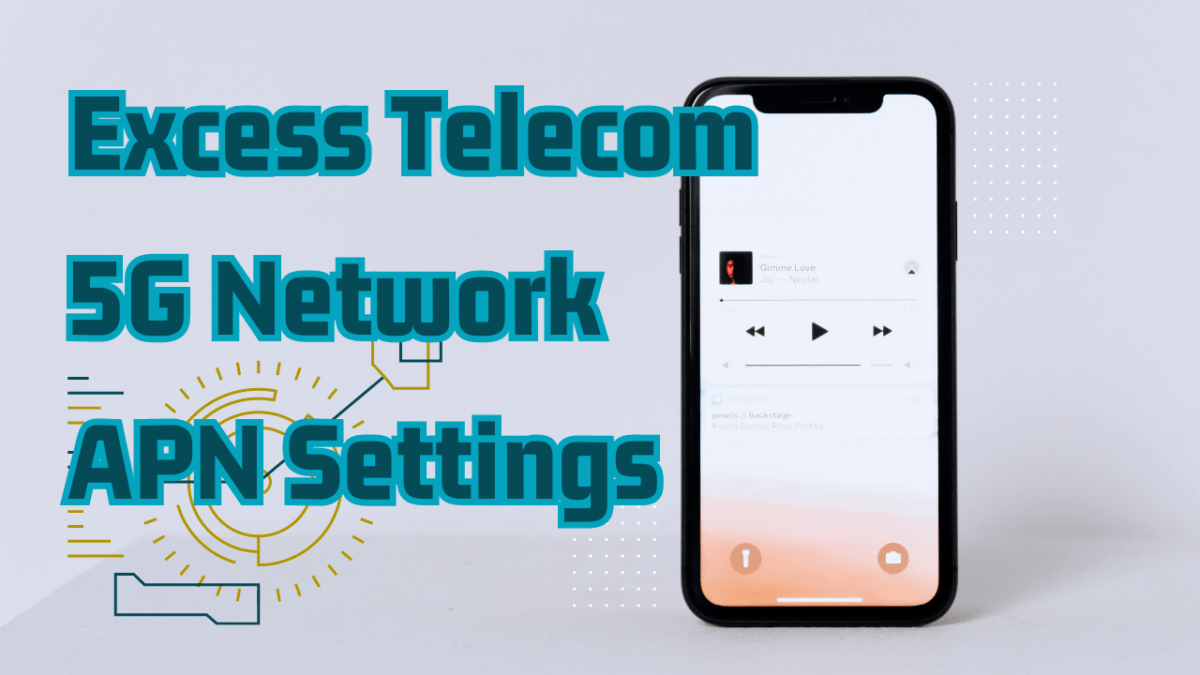Protecting US Telecommunications Firms: Strengthening Cybersecurity Against Hackers. In today’s interconnected world, where technology plays a pivotal role in our daily lives, the importance of cybersecurity cannot be overstated.
As the digital landscape evolves, cyber threats continue to grow in both sophistication and frequency. US telecommunications firms, serving as the backbone of modern communication, have become prime targets for hackers seeking to exploit vulnerabilities and gain unauthorized access to sensitive information.
In this article, we delve into the critical need for enhanced cybersecurity measures and provide invaluable insights to help US telecommunications firms safeguard their infrastructure, reputation, and customer data from malicious cyberattacks.
Protecting US Telecommunications: According to the researchers, most of the breaches can be attributed to third-party vendors. Third-party breaches through vendors, software, and MSPs (Managed Service Providers) can lead to larger-scale supply-chain attacks and a greater number of impacted users and entities globally.
Scammers usually take the leaked information, compile it with information from other breaches or publicly accessible sources, and attempt identity theft, financial fraud, extortion, or harassment.
As Cyble reminds, this was seen after the Optus data breach, where a sample of 10,000 records shared by the threat actor was used in an attempt to extort the users.
Companies’ post-breach response typically includes contracting auditors and information security companies as well as offering short-term credit monitoring to protect against fraud.
However, these are reactive measures, Cyble warned and said companies should maintain adequate policies and procedures to protect against threats proactively. For example, obtaining cyber insurance might be a good idea, even if insurers are not always eager to help.
In response to the breaches in the telecommunications sector, on January 5, 2023, the Federal Communications Commission (FCC) issued a statement pushing for a change in current breach notification guidelines, proposing the removal of the compulsory seven-day waiting period before customers are notified of breaches.
The agency also recommended expanding the scope of federal agencies that receive breach notifications to include the FCC, the Federal Bureau of Investigation, and the US Secret Service.
“The law requires carriers to protect sensitive consumer information, but, given the increase in frequency, sophistication, and scale of data leaks, we must update our rules to protect consumers and strengthen reporting requirements,” said FCC Chairwoman Jessica Rosenworcel.
The Escalating Threat Landscape
Protecting US Telecommunications: Understanding the Motives Behind Cyberattacks
Cybercriminals, ranging from state-sponsored hacking groups to independent malicious actors, have various motivations behind targeting US telecommunications firms. Some common motives include:
- Financial Gain: Hackers may aim to compromise telecommunications infrastructure to conduct financial fraud, steal valuable intellectual property, or hold data for ransom.
- Espionage and Surveillance: State-sponsored adversaries might infiltrate networks to gather sensitive information, monitor communications, or gain a strategic advantage.
- Disruption and Sabotage: Hacktivist groups or individuals may seek to disrupt critical communication channels or cause reputational harm to telecommunications firms for ideological reasons.
Advanced Persistent Threats (APTs) Targeting Telecommunications
One of the most concerning cyber threats facing US telecommunications firms is the presence of Advanced Persistent Threats (APTs). APTs are sophisticated, long-term cyber campaigns orchestrated by well-funded and highly skilled adversaries. These threats often employ multiple attack vectors and leverage zero-day vulnerabilities to compromise networks. APTs can result in severe consequences, including data breaches, service disruptions, and compromised customer trust.
Key Vulnerabilities in Telecommunications Infrastructure
To effectively defend against cyberattacks, it is crucial to understand the vulnerabilities within telecommunications infrastructure. Identifying these weak points allows for the implementation of robust security measures to mitigate potential risks. Some key vulnerabilities include:
- Weak Authentication Mechanisms: Inadequate password policies, unsecure remote access, and weak authentication protocols can make networks susceptible to unauthorized access.
- Outdated Software and Systems: Running outdated software versions or using unsupported systems increases the likelihood of unpatched vulnerabilities that can be exploited by hackers.
- Insider Threats: Malicious insiders or employees who inadvertently compromise security pose significant risks. Implementing access controls and monitoring systems is crucial to detect and prevent insider threats.
Strengthening Cybersecurity Measures: Protecting US Telecommunications
To fortify their cybersecurity defenses and stay one step ahead of hackers, US telecommunications firms should adopt a multi-layered approach. By implementing the following recommendations, these organizations can significantly enhance their cybersecurity posture:
1. Conduct Comprehensive Risk Assessments
Regularly assess the risk landscape to identify potential vulnerabilities and evaluate the effectiveness of existing security controls. A thorough risk assessment helps in understanding the specific threats faced by the organization and aids in prioritizing security investments.
2. Implement Robust Access Controls
Enforce strong authentication mechanisms such as multi-factor authentication (MFA) and privileged access management (PAM) to ensure only authorized personnel can access critical systems. Limiting privileges and monitoring access logs can help mitigate insider threats.
3. Keep Software and Systems Up to Date
Maintain a proactive approach towards software updates and patch management. Regularly install security patches and updates to address known vulnerabilities and protect against emerging threats.
4. Utilize Intrusion Detection and Prevention Systems
Deploy Intrusion Detection and Prevention Systems (IDPS) to actively monitor network traffic, identify suspicious activities, and respond swiftly to potential threats. IDPS can detect known attack patterns and anomalous behavior, providing valuable insights for incident response and mitigation.
5. Employ Network Segmentation
Implement network segmentation to compartmentalize sensitive data and critical infrastructure. By isolating different network segments, the impact of a potential breach can be minimized, preventing lateral movement by attackers.
6. Conduct Regular Security Awareness Training
Raise cybersecurity awareness among employees through regular training programs. Educate staff about the latest threats, social engineering techniques, and best practices for safe online behavior. Encourage a culture of security consciousness within the organization.
7. Establish Incident Response and Business Continuity Plans
Develop robust incident response and business continuity plans to minimize the impact of a cyberattack. These plans should outline clear protocols for detecting, responding to, and recovering from security incidents. Regularly test and update these plans to ensure their effectiveness.
8. Collaborate with Industry Partners and Government Agencies
Engage in information sharing and collaboration with industry partners, government agencies, and cybersecurity organizations. Sharing threat intelligence and best practices can help identify emerging threats and enhance collective defense against cyberattacks.
The Future of Telecommunications Security
As technology continues to advance, the future of telecommunications security must adapt to address new challenges. Here are some emerging trends that US telecommunications firms should consider:
1. 5G Network Security
With the rollout of 5G technology, telecommunications firms must prioritize the security of their networks. 5G introduces new complexities and potential vulnerabilities, requiring enhanced security measures and close collaboration with vendors to ensure a secure and resilient infrastructure.
2. Artificial Intelligence (AI) and Machine Learning (ML)
Leveraging AI and ML technologies can bolster cybersecurity capabilities. These technologies can detect anomalies, identify patterns, and automate threat response, enabling faster and more accurate threat detection and mitigation.
3. Zero Trust Architecture
Implementing a Zero Trust architecture can provide an additional layer of security. This approach ensures that all users and devices, both internal and external, are authenticated and verified before accessing sensitive resources, reducing the risk of unauthorized access.
4. Continuous Monitoring and Threat Hunting
Emphasize continuous monitoring of networks and employ proactive threat hunting techniques. By actively searching for signs of compromise and suspicious activities, organizations can detect and mitigate threats before they cause significant damage.
Conclusion
In the face of increasing cyber threats, protecting US telecommunications firms is of utmost importance. By understanding the motives behind cyberattacks, identifying vulnerabilities, and implementing robust cybersecurity measures, these organizations can enhance their defenses and safeguard their infrastructure, data, and reputation. Embracing emerging technologies, collaborating with industry partners, and staying vigilant are key to staying ahead of malicious actors in the ever-evolving cybersecurity landscape. Together, let us build a resilient telecommunications industry that prioritizes security and ensures the trust and safety of communication networks for all.



